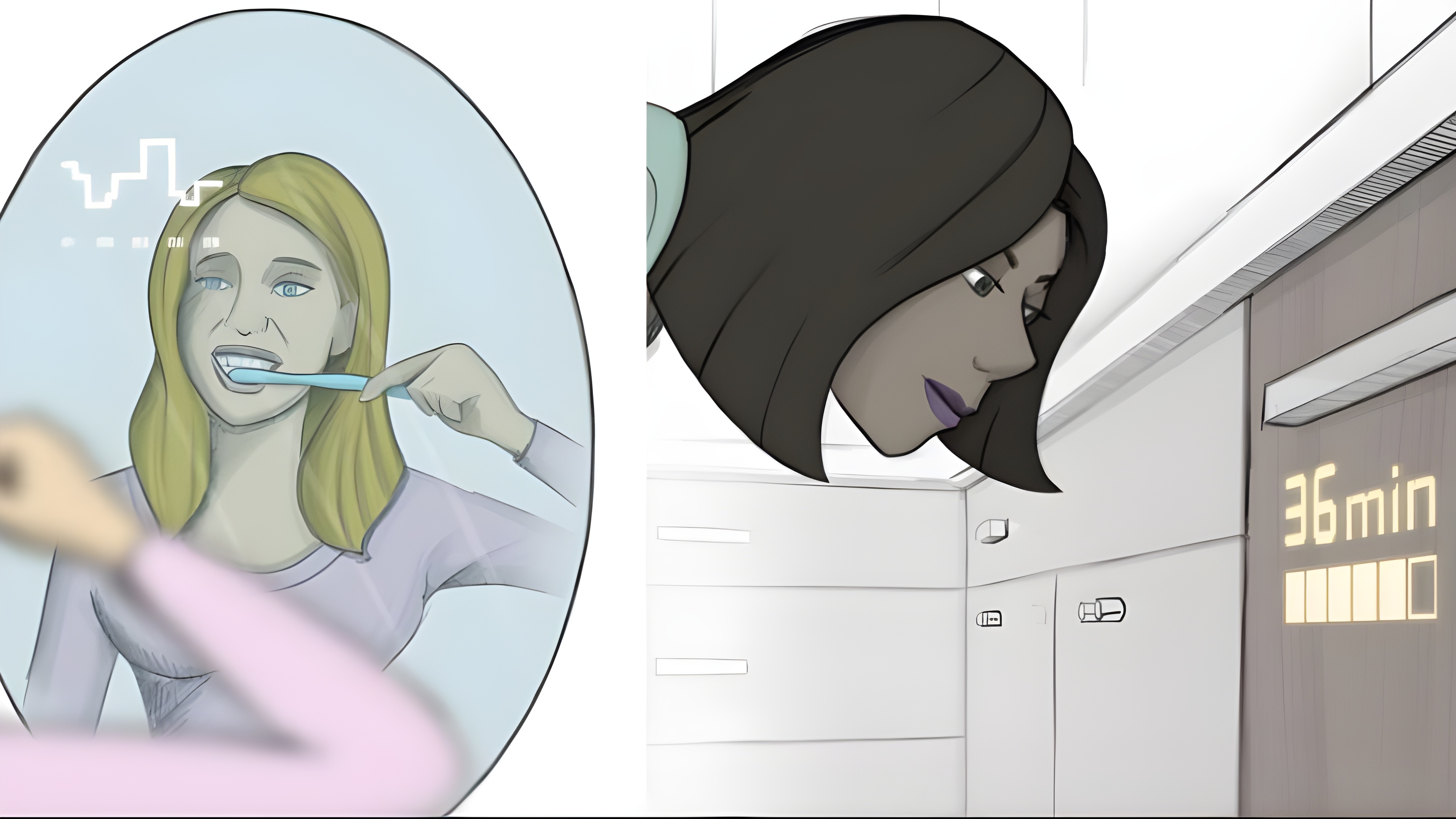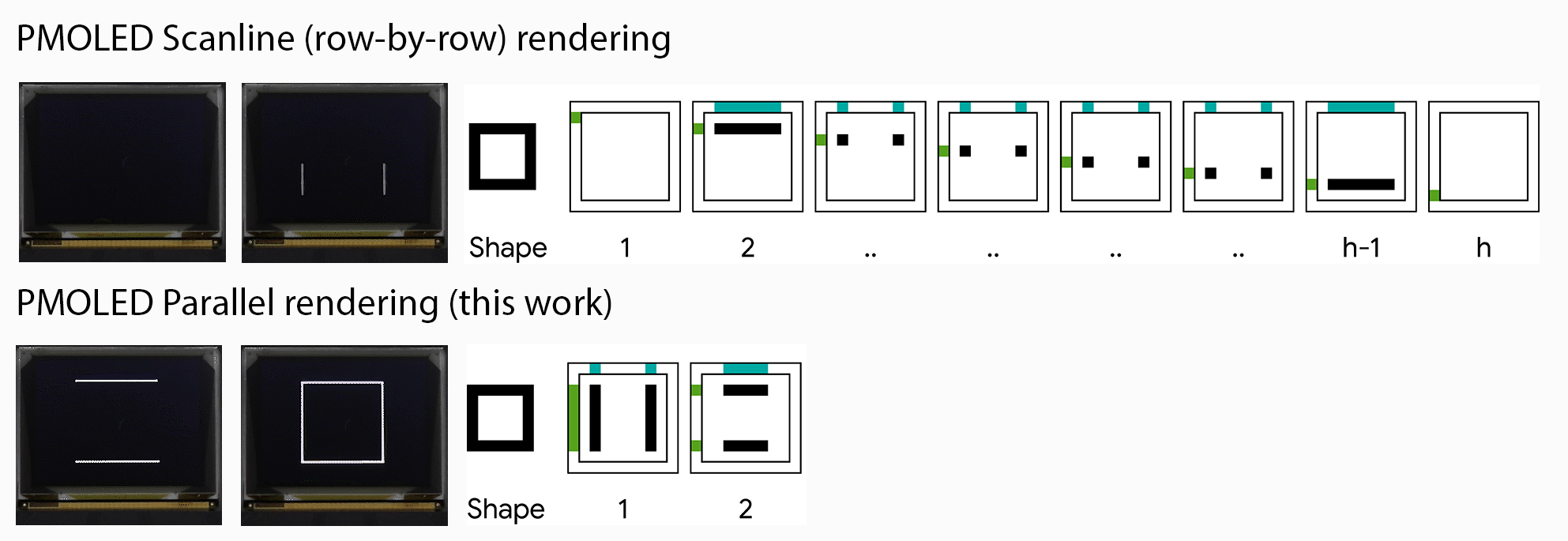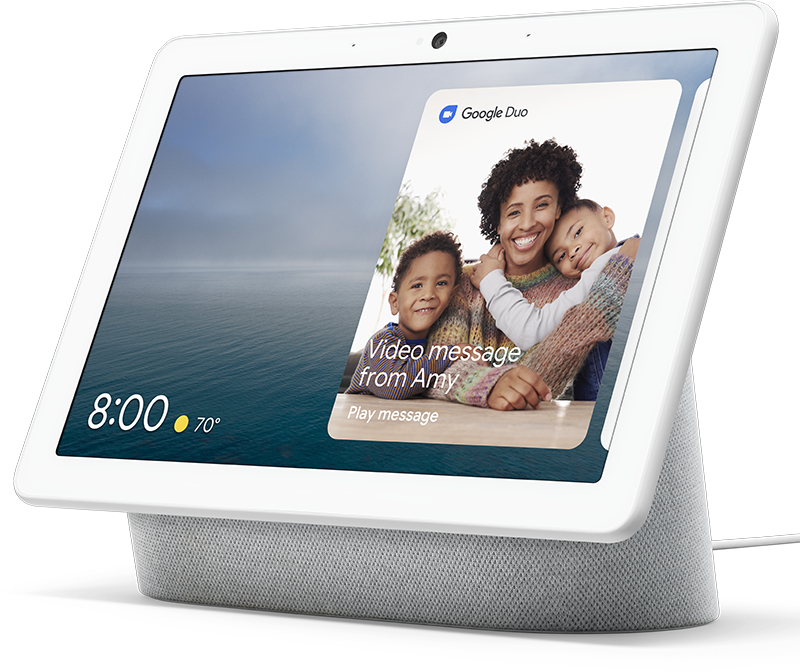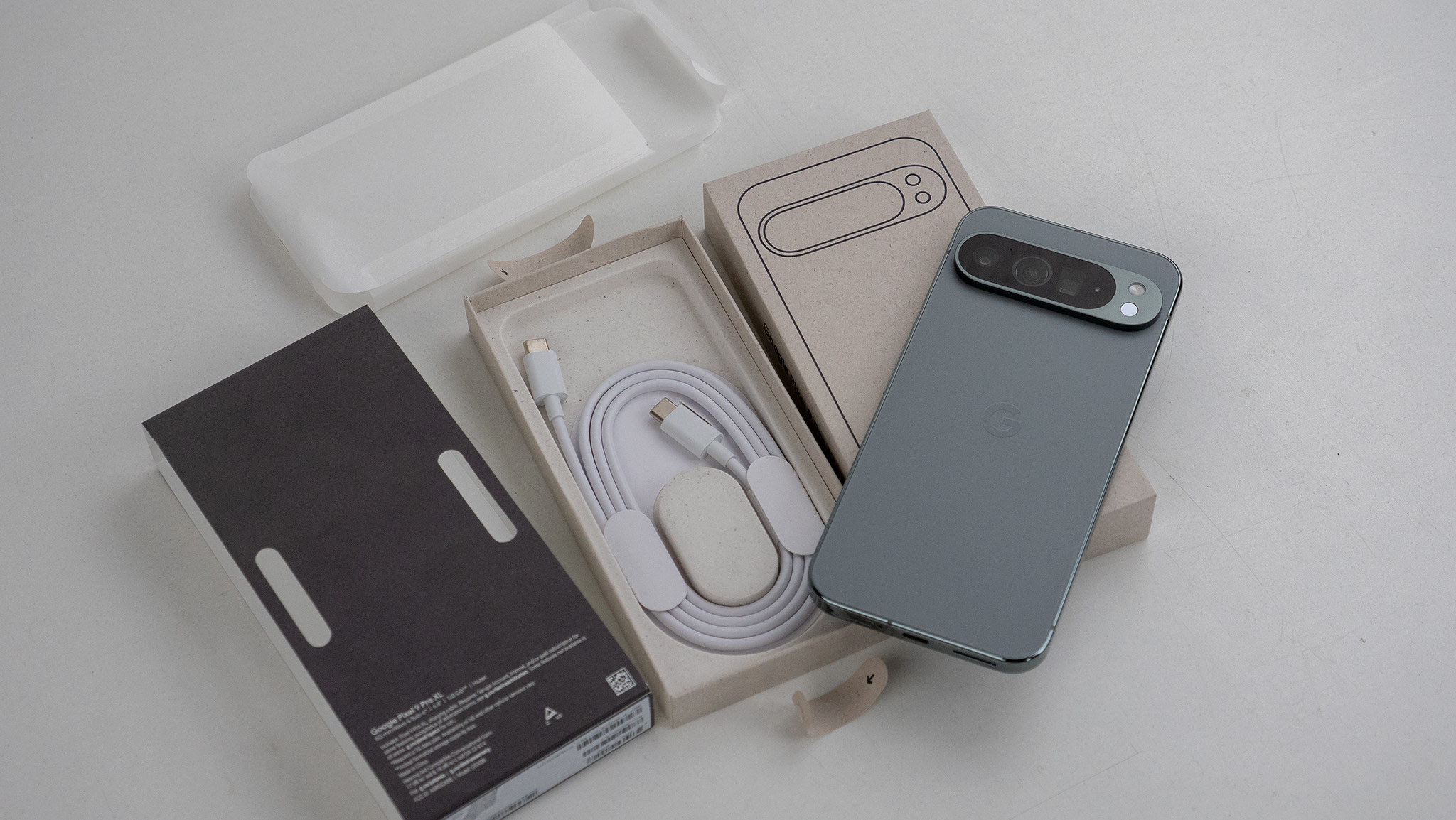Google wants to declutter the smart home by adding more displays
No one wants a barrage of information all at once.

What you need to know
- At a conference on human-computer interaction, Google unveiled new ambient computing concepts to make the smart home more seamless.
- Google envisions newer smart devices could integrate PMOLED displays into existing surfaces rather than having dedicated screens everywhere.
- These displays can be embedded under wood, textiles, and mirrored surfaces.
So far in the evolution of smart home hardware, we've mainly just had purpose-built dedicated devices to use. That includes smart speakers, smart displays, smart lights, and all sorts of other gadgets that you have to specifically purchase separately from other "normal" appliances or furniture in your home. Google's latest conceptual project aims to combine those things together, making the smart home more seamless than ever.

In a nutshell, the best smart displays could soon be embedded under normal wood, textile, and even mirrored surfaces in your home, making them completely invisible when not in use. Conversely, current smart displays, in particular, end up looking like giant black rectangles when not in use, which can be a real eyesore no matter what pretty frame they might be built inside of. As the imagery above shows, mirrors, dishwashers, and even countertops could soon feature small, useful displays right inside.
Google debuted the concepts at ACM CHI (pronounced kai), a conference on human-computer interaction and is proposing to use PMOLED — or passive-matrix OLED — displays that can reside in or under traditional surfaces. PMOLED works differently from AMOLED displays — which are often found in devices like smartphones — by drawing all the vertical lines first, followed by horizontal lines. This allows images to be shown in just two steps, while an AMOLED panel normally draws all pixels from the bottom to the top of the display together.

The animation above shows the difference between traditional row-by-row rendering and the conceptual parallel rendering work Google debuted. This would solve a huge problem with embedded displays, as previous attempts typically consumed too much power to easily be embedded in every day objects.
This is the latest round of ambient computing concepts from Google, something the company has been toying around with for years. Like many of Google's concepts, these are designed to deliver small bits of information at once instead of being a one-size-fits-all concept like a smart display or a smartphone.

Get the smart display that does it all, from Google Duo video calling to smart reminders and beautiful digital photo albums right from Google Photos.
Be an expert in 5 minutes
Get the latest news from Android Central, your trusted companion in the world of Android

